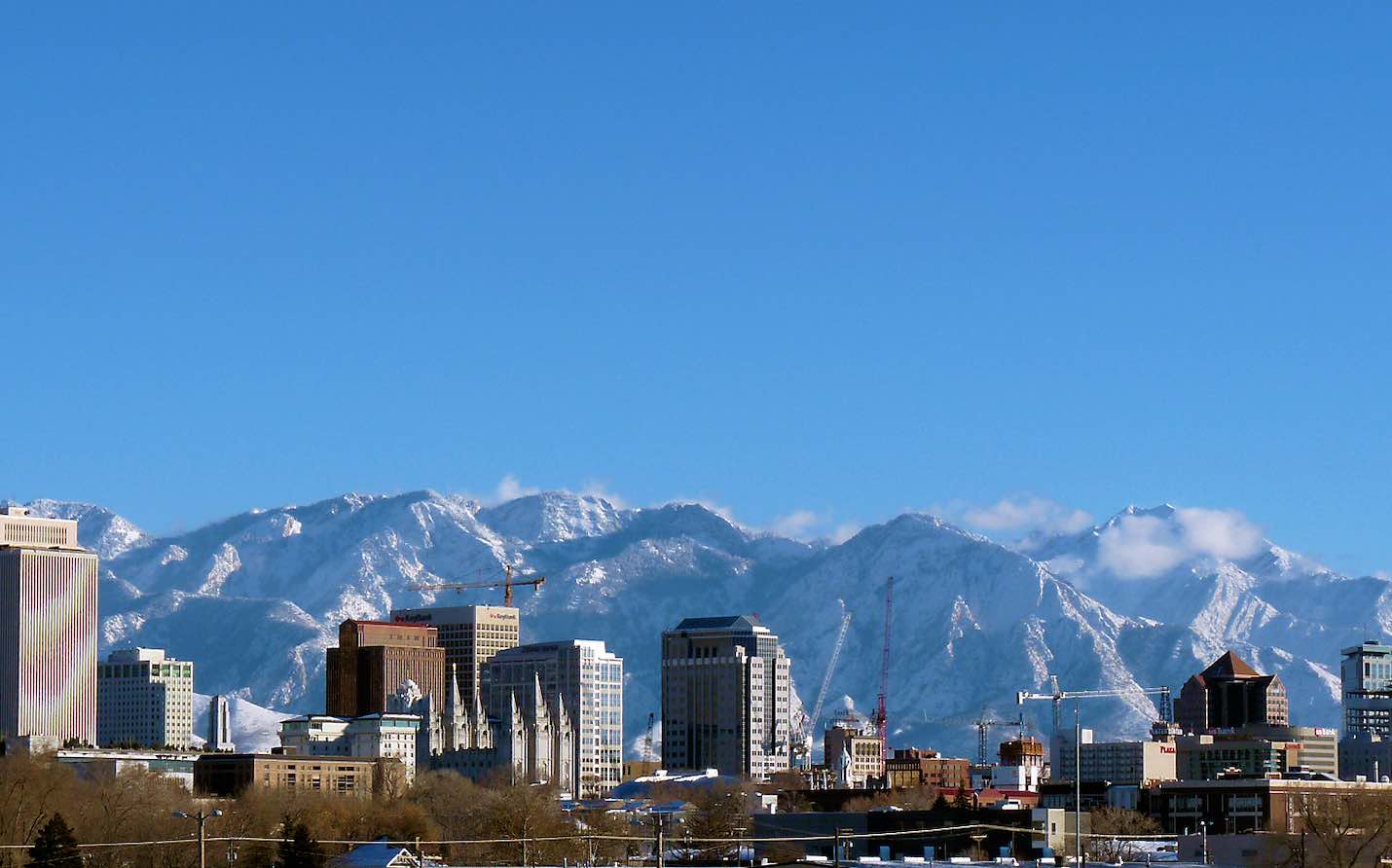ImpactAlpha, Feb. 4 – Affordable housing and startup space in South Central Los Angeles. A revitalized industrial area in downtown Salt Lake City. Workforce housing in Bozeman, Montana.
The first investments from Catalyst Opportunity Fund are intended to demonstrate the financial viability of Opportunity Zone projects that boost access to quality jobs and affordable housing and provide other community benefits. The social impact-oriented fund, seeded by Utah entrepreneur and philanthropist Jim Sorenson, aims to raise $150 million to work with local, community-driven developers on impact-screened projects, mostly in areas outside well-served coastal metro areas.
“Our goal all along has been to set an example and be a national model for what the investment funds can look like,” Catalyst’s Jeremy Keele told ImpactAlpha.
Catalyst, among the earliest impact-oriented funds created to take advantage of the Opportunity Zone legislation tucked into the 2017 federal tax overhaul, raised and deployed close to $30 million in the last two months of 2019. It expects to hit $70 million or so by the end of June and meet its fundraising goal by year end.
Fund managers shared details of its first deals as hundreds of impact investors make their way to Salt Lake City for the Sorenson Impact Center’s Winter Innovation Summit this week. The gathering will offer a glimpse into the state of the Opportunity Zone market, which has been slow to develop, at least among impact investors. The tax bill established capital-gains tax breaks for qualified Opportunity Zone investments, but federal rules for the funds have only recently been finalized.
Catalyst’s most recent investment, to be announced today, will help SoLa Impact, an impact-focused developer with deep roots in South Central Los Angeles, acquire, rehab and develop multifamily and mixed-used properties across several Opportunity Zones in Compton, Watts and South Central.
SoLa founders Martin Muoto and Gray Lusk plan a mixed use space called The Beehive that will serve as coworking hub for local businesses. SoLa has raised $100 million for affordable and workforce housing in South Central.
All told, more than 300 Opportunity Zone fund managers have raised some $7.5 billion – only a fraction of the amount they are seeking – according to a tally to be released by Novogradac. Critics of the tax break have seized on examples of dubious projects such as luxury condos and storage spaces located in markets where funding was already flowing or in neighborhoods at risk of gentrification and dislocation.
Catalyst, cofounded by Sorenson and Keele as well as Patrick McKenna, is trying to set a different example. Its three-part impact framework leverages public data to assess and score community needs, a project’s potential for positive impact, and its actual impact over time. It also looks to leverage philanthropic dollars and blended capital to provide wrap-around services and bring down costs for its developers.
“We set the bar high for ourselves in order to find projects that truly meet the spirit of the Opportunity Zone program’s purpose,” Jim Sorenson said in announcing the fund’s first investments. “These are long-term investments aimed at spurring sustainable economic and community development.”
The impact scorecard has resonated with investors, Keele said, giving them the ability to invest in high-impact real estate. “It’s sort of the new frontier in real estate investing.” Catalyst goes beyond standard metrics such as jobs created and affordable housing units preserved. For a project that provides healthy food in a food desert, for example, Catalyst might track health outcomes such as diabetes rates and composite body mass index.
In late January, Catalyst completed a pair of investments in Salt Lake City with local developers BCG Holdings and Q Factor to transform blighted industrial buildings in Salt Lake City’s Granary District into creative, mixed use space. The developers control 35 acres of land in the district. One project will convert a sprawling iron forge dating from the early 1900s into INDUSTRY SLC, “a creative office campus and entrepreneurial ecosystem” that will support local businesses and, later, workforce housing.
The second project will turn two additional historic industrial buildings into a mixed use “impact and innovation campus” nicknamed Pickle and Hide, in coordination with the Redevelopment Agency of Salt Lake City.
In Bozeman, Montana, another Catalyst investment will create Enterprise, a 60-unit workforce-attainable apartment complex, intended to help ease a severe housing shortage. Led by Bridger Builders, a local developer with a 40-year track record, the units will be targeted at residents making 66% of median family income for the area.
Catalyst reports a robust pipeline for impact-oriented OZ deals. It has identified 50 high-impact projects across 18 states, with a total value exceeding $2.15 billion. “We think there are a lot of good deals and real estate projects that meet impact criteria,” said Keele.
What he has not seen much of: “other funds coming online that are as authentically committed to impact.”
The $7.5 billion raised by Opportunity Zone funds to date is just over a quarter of the $28 billion being sought by the 308 funds. Most of the money raised is going to projects involving residential and commercial real estate projects; just $267 million was raised by funds that include operating businesses in their investment targets. In total, Novogradac has identified 513 Opportunity Zone funds seeking to raise $68 billion.











